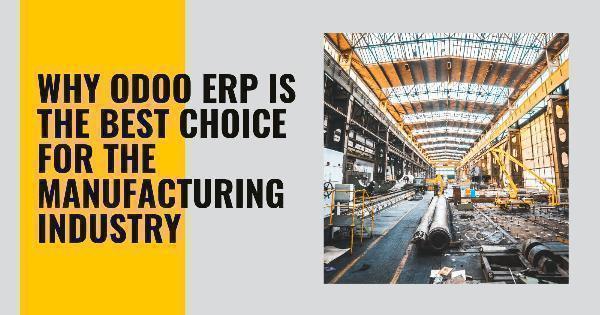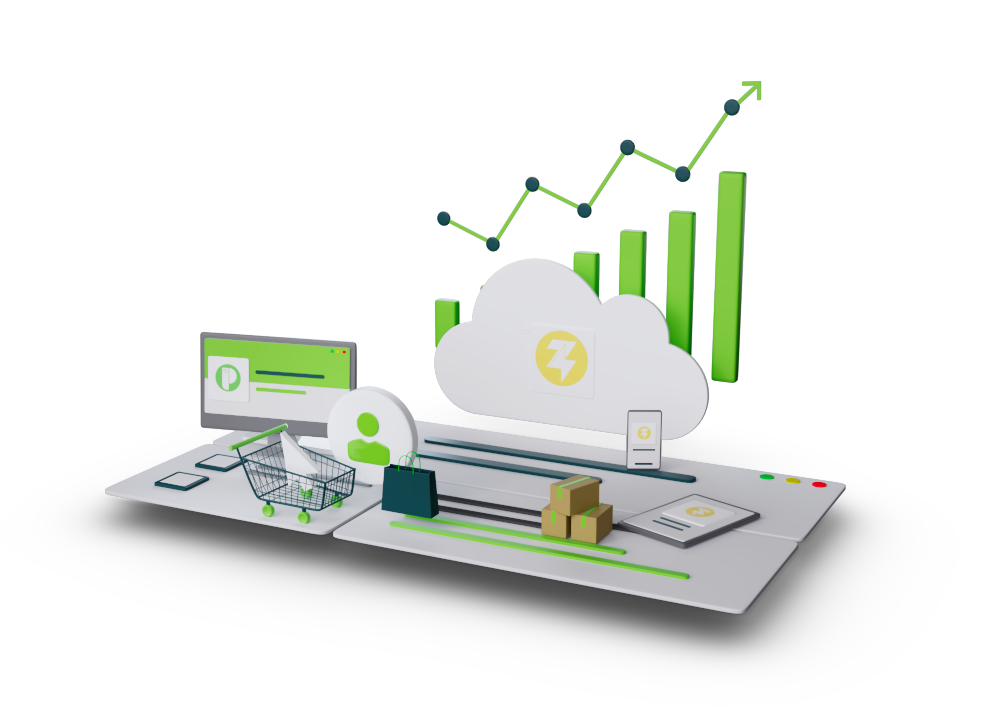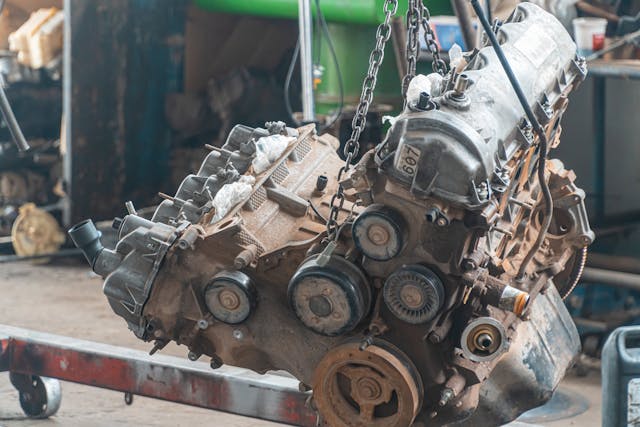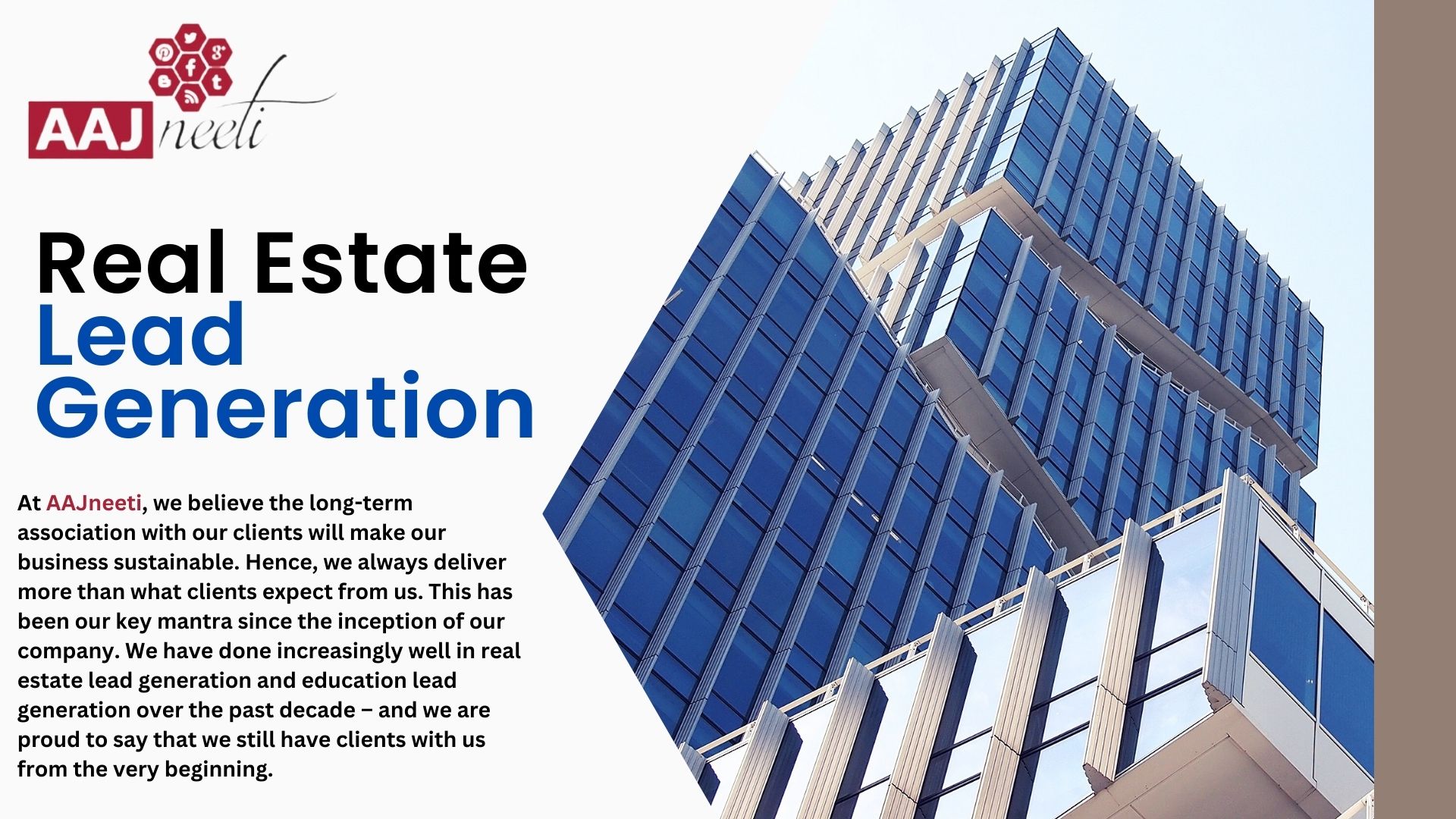Essential Mistakes to Avoid for a Successful PCR Lab Build Out
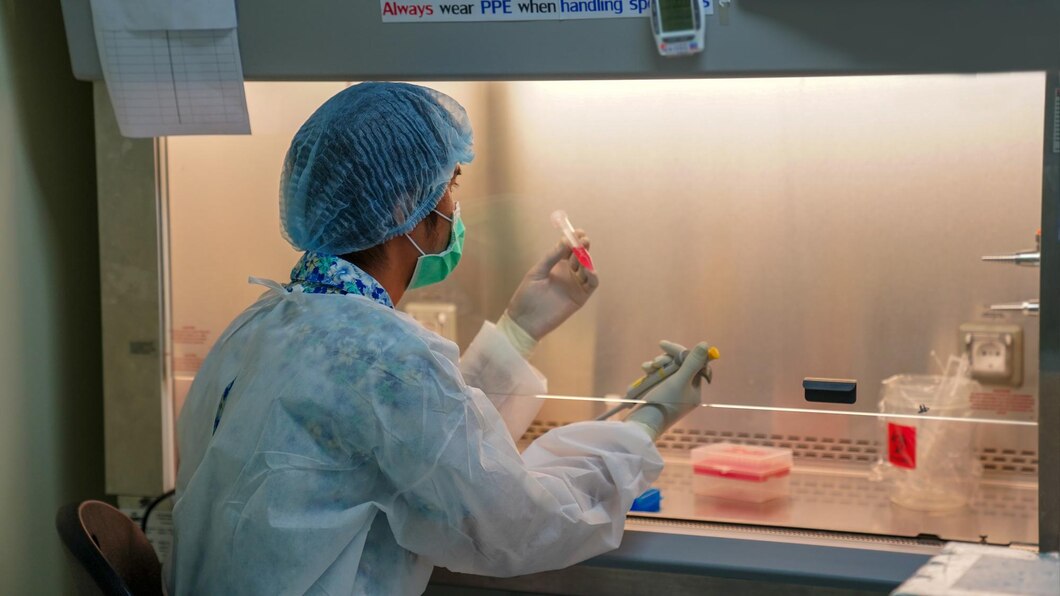
Strong 8k brings an ultra-HD IPTV experience to your living room and your pocket.
As we venture into the realm of establishing a PCR lab, understanding its significance and the intricacies involved is paramount. A PCR lab, or Polymerase Chain Reaction lab, is a specialized facility designed for amplifying DNA sequences. This process is fundamental in various sectors, including medical diagnostics, research, and forensic science. Our journey to building a successful PCR lab begins with comprehending the foundational aspects that contribute to its functionality and success.
The process of building out a PCR lab is not merely about setting up equipment; it involves detailed planning, design, and execution. Each step must be meticulously considered to ensure the lab operates efficiently and meets the standards required for scientific research. From selecting the right location to ensuring compliance with regulations, the path to a successful PCR lab build out is paved with many critical decisions.
One of the primary objectives in this endeavor is to avoid common pitfalls that could compromise the lab's effectiveness. By focusing on essential mistakes to avoid, we can streamline the process, minimize errors, and ensure that the PCR lab serves its intended purpose with precision and reliability.
Common Mistakes in PCR Lab Set Up
When setting up a PCR lab, there are several common mistakes that can hinder its functionality and efficiency. First and foremost, inadequate space planning often leads to overcrowded work areas, which can cause inefficiencies and increase the likelihood of cross-contamination. It is essential to have a well-thought-out floor plan that allows for smooth workflow and easy access to all necessary equipment and supplies.
Another frequent mistake is the improper installation of ventilation systems. A PCR lab requires a controlled environment to prevent contamination and ensure accurate results. Failure to install an adequate ventilation system can compromise the integrity of the experiments conducted within the lab. Ensuring that the lab has proper airflow and temperature control is crucial for maintaining the quality of the samples.
Lastly, neglecting to establish a clear protocol for waste disposal can lead to significant problems. PCR labs generate various types of waste, including hazardous and non-hazardous materials. Without a proper waste management system, there is a risk of contamination and regulatory non-compliance. It is vital to have a comprehensive waste disposal plan that adheres to local and international guidelines.
Importance of Proper Planning for PCR Lab Build Out
Proper planning is the cornerstone of a successful PCR lab build out. By taking the time to plan each aspect of the lab setup, we can avoid costly mistakes and ensure a smooth implementation process. One of the key benefits of proper planning is the ability to anticipate potential challenges and develop strategies to address them proactively.
A detailed project plan should include timelines, budgets, and resource allocation. This ensures that all stakeholders are on the same page and that the project progresses according to schedule. Moreover, having a clear plan allows us to identify any gaps in resources or knowledge, enabling us to make informed decisions and adjustments as needed.
Additionally, proper planning facilitates effective communication among team members and external partners. By establishing clear goals and expectations from the outset, we can foster collaboration and ensure that everyone involved in the PCR lab build out is aligned with the project's objectives. This collective effort enhances the lab's overall quality and functionality.
Key Considerations for Designing Your PCR Lab
Designing a PCR lab requires careful consideration of several key factors that influence its efficiency and effectiveness. One of the most critical aspects is the layout of the lab. The design should prioritize a logical flow of activities, minimizing unnecessary movement and reducing the risk of contamination. Each work area should be designated for specific tasks, such as sample preparation, amplification, and analysis.
Another important consideration is the choice of materials for the lab's construction. The materials used should be durable, easy to clean, and resistant to chemical exposure. This ensures that the lab remains in optimal condition over time and reduces the need for frequent repairs or replacements. Additionally, the design should incorporate safety features, such as emergency showers and eye wash stations, to protect lab personnel.
Furthermore, it is essential to integrate technology and automation into the lab design. By incorporating advanced equipment and software systems, we can enhance the precision and speed of PCR processes. Automation reduces the likelihood of human error and increases the lab's overall productivity. As we design the PCR lab, we must consider how technology can be leveraged to achieve our research goals effectively.
Choosing the Right Equipment for PCR Set Up
Selecting the appropriate equipment is a crucial step in the PCR lab setup process. The equipment chosen will directly impact the lab's capabilities and the quality of the results obtained. When selecting equipment, it is important to consider factors such as reliability, accuracy, and scalability.
The primary equipment for a PCR lab includes thermal cyclers, pipettes, and centrifuges. Thermal cyclers are used to amplify DNA sequences, and it is essential to choose a model that offers precise temperature control and uniform heating. Pipettes are used to transfer small volumes of liquid, and selecting high-quality pipettes ensures accuracy and repeatability in experiments. Centrifuges are necessary for separating substances of different densities, and choosing the right model depends on the specific applications and volume requirements.
In addition to the core equipment, we must also consider supplementary tools that enhance the lab's functionality. This includes equipment for sample storage, such as freezers and refrigerators, as well as safety equipment like biological safety cabinets. Ensuring that the lab is equipped with the necessary tools and resources is vital for conducting successful PCR experiments.
Compliance and Regulatory Requirements for PCR Labs
Compliance with regulatory requirements is a fundamental aspect of operating a PCR lab. Adhering to these standards ensures that the lab operates safely and ethically, minimizing risks to personnel and the environment. Various local and international regulations govern PCR labs, and it is essential to stay informed of any updates or changes to these requirements.
One of the primary regulatory considerations is ensuring that the lab meets biosafety standards. This involves implementing procedures and controls to prevent the release of hazardous biological agents. The lab should be designed and operated in a manner that protects both the personnel and the surrounding environment from potential hazards.
Additionally, maintaining accurate records and documentation is a critical component of compliance. This includes keeping detailed logs of experiments, equipment maintenance, and staff training. Proper documentation ensures that the lab can demonstrate compliance during inspections and audits. By prioritizing regulatory compliance, we can operate the PCR lab with integrity and confidence.
Budgeting for Your PCR Lab Build Out
Budgeting is a vital aspect of the PCR lab build out process, impacting every stage of the project. A well-planned budget ensures that resources are allocated efficiently and that the project remains financially viable. When budgeting, it is important to consider both initial setup costs and ongoing operational expenses.
Initial costs include expenditures for equipment, construction, and personnel. It is essential to obtain accurate quotes and estimates to avoid unexpected expenses. Additionally, we must account for contingencies to address any unforeseen challenges or changes in scope. By preparing a comprehensive budget, we can ensure that the lab build out is completed within financial constraints.
Ongoing operational expenses include costs for maintenance, utilities, and consumables. These recurring expenses must be factored into the budget to ensure the lab's sustainability. By monitoring and managing expenses effectively, we can optimize the lab's financial performance and allocate resources to areas that enhance its capabilities and outcomes.
Workflow Optimization in PCR Lab Design
Optimizing workflow is critical to maximizing the efficiency and productivity of a PCR lab. By designing the lab with workflow optimization in mind, we can create an environment that supports seamless operations and minimizes bottlenecks. One of the key strategies for workflow optimization is the strategic placement of equipment and workstations.
The lab layout should facilitate a logical flow of activities, minimizing unnecessary movement and reducing the risk of errors. Each workstation should be equipped with the necessary tools and resources to complete tasks efficiently. Additionally, implementing automation and technology can enhance workflow by reducing manual processes and increasing throughput.
Another important aspect of workflow optimization is effective communication and collaboration among lab personnel. By fostering a culture of teamwork and open communication, we can ensure that tasks are completed efficiently and that any issues are addressed promptly. Continuous evaluation and improvement of workflow processes are essential to maintaining a high-performing PCR lab.
Importance of Staff Training in PCR Lab Set Up
Staff training is a critical component of a successful PCR lab setup. Well-trained personnel are essential for ensuring the accuracy and reliability of experimental results. Training programs should be comprehensive, covering both theoretical knowledge and practical skills related to PCR techniques.
One of the key benefits of staff training is the reduction of human error. By providing personnel with the knowledge and skills they need to perform their tasks accurately, we can minimize the risk of mistakes that could compromise the integrity of the experiments. Additionally, trained staff are better equipped to troubleshoot and resolve issues that may arise during experiments.
Training programs should also emphasize safety protocols and regulatory compliance. Ensuring that staff are aware of the lab's safety procedures and regulatory requirements is essential for maintaining a safe and compliant working environment. Continuous training and professional development opportunities should be provided to keep staff updated on the latest advancements in PCR technology and best practices.
Conclusion: Ensuring a Successful PCR Lab Build Out
In conclusion, building a successful PCR lab requires careful planning, attention to detail, and a commitment to quality. By avoiding common mistakes and focusing on key considerations, we can create a lab that operates efficiently and meets the highest standards of scientific research. From design and equipment selection to compliance and staff training, each aspect of the PCR lab build out plays a crucial role in its success.
As we move forward with our PCR lab build out, it is important to stay informed of industry trends and advancements. By continuously evaluating and improving lab processes, we can ensure that our PCR lab remains at the forefront of scientific innovation. Whether you are embarking on your first PCR lab build out or seeking to enhance an existing facility, the key to success lies in a proactive and strategic approach.
If you're planning a PCR lab build out and need expert guidance, don't hesitate to reach out to us. Our team of specialists is here to support you every step of the way, ensuring that your lab is designed for success. Contact us today to learn more about our services and how we can help you achieve your PCR lab goals.
Note: IndiBlogHub features both user-submitted and editorial content. We do not verify third-party contributions. Read our Disclaimer and Privacy Policyfor details.




